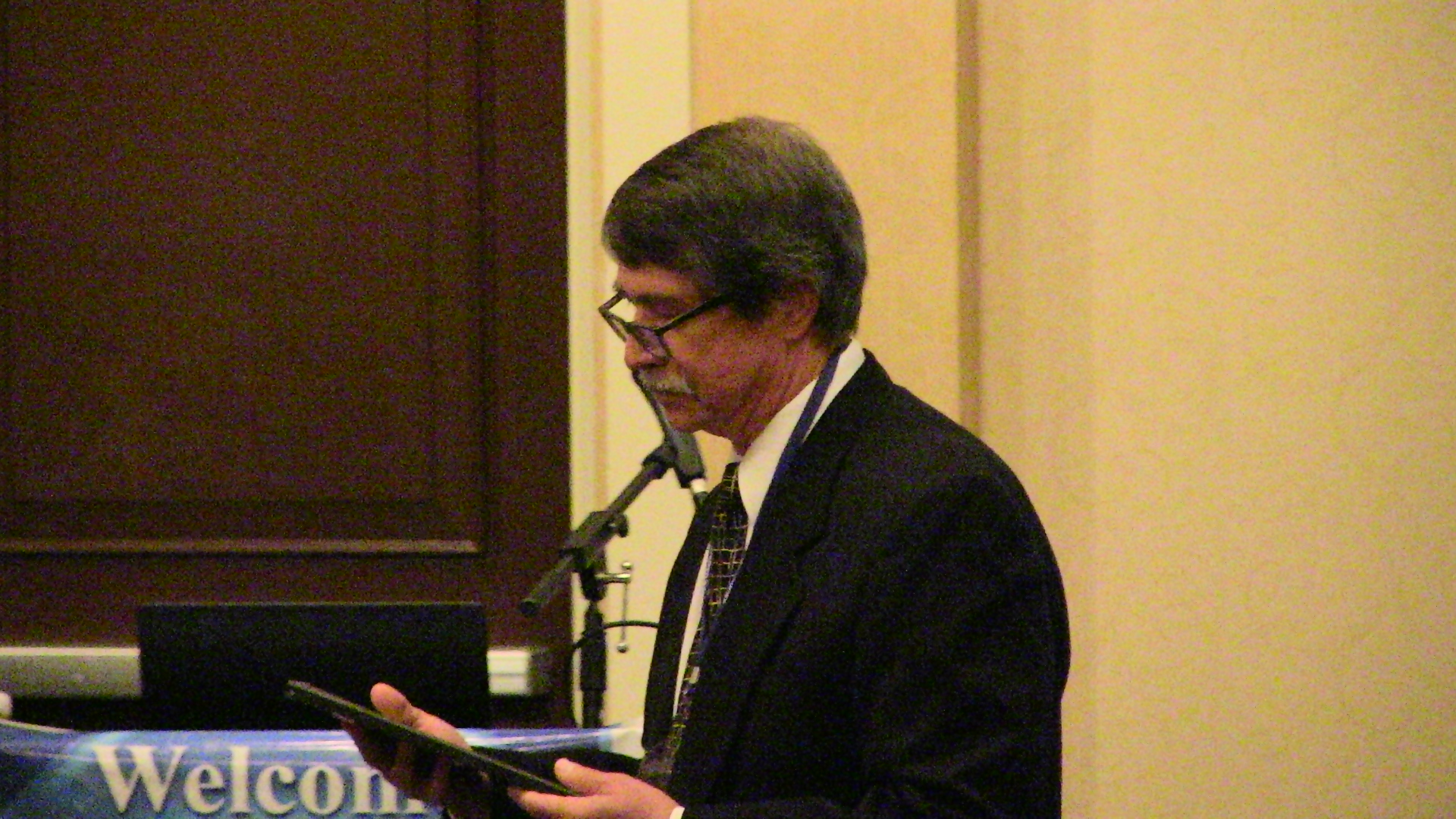
Robert Michael Davidson
The American Institute of Stress, USA
Title: The ascorbate radical as a universal biological group transfer catalyst in inflamed tissue
Biography
Biography: Robert Michael Davidson
Abstract
We propose that the Ascorbate radical and its 2-O-substituted-L-ascorbate radicals provide lifelong modulators of redox kinetics and universal group transfer catalysts in inflamed tissue during the Sanarelli-Shwartzman Phenomenon, DIC syndrome, cancer, sepsis, neurodevelopment, and atherosclerosis. We propose that the Ascorbate radical is capable of catalyzing biological group transfer of sulfuryl, phosphoryl, nitrosyl, acyl, and glycosyl moieties in a biosemiotically- and biophysically-concerted, quantum coherent manner which is well-suited to proceed urgently under inflammatory conditions of low pH and high oxidative stress. We propose that the Ascorbate radical provides the biophysical basis for the high degree of temporal and spatial regiospecificity of the multitude of posttranslational modifications of HSPGs, acid mucopolysaccharides, which play essential roles in the inflammatory state, including recycling, proofreading, and editing of biomacromolecules. Human diseases may be characterized by derangements of transcriptional, translational, and posttranslational modifications of biomacromolecules. The reported inhibition by copper and ascorbate of plasmin, tPA, aryl sulfatases, and many serine proteases is mechanistically-generalizable, and plays an essential role in the modulation of redox kinetics, in vivo, throughout our lifetimes. Under our hypothesis, the Ascorbate radical sits at the nexus of biological group transfers and redox kinetics, with profound epigenetic, supramolecular, and biophysically-pleiotropic consequences. Importantly, its concentration is renewable and can be modulated orthomolecularly and biophysically. We will explore the detailed supramolecular basis and clinical implications, in a series of papers to follow.
Speaker Presentations
Speaker PDFs
Speaker PPTs Click Here


